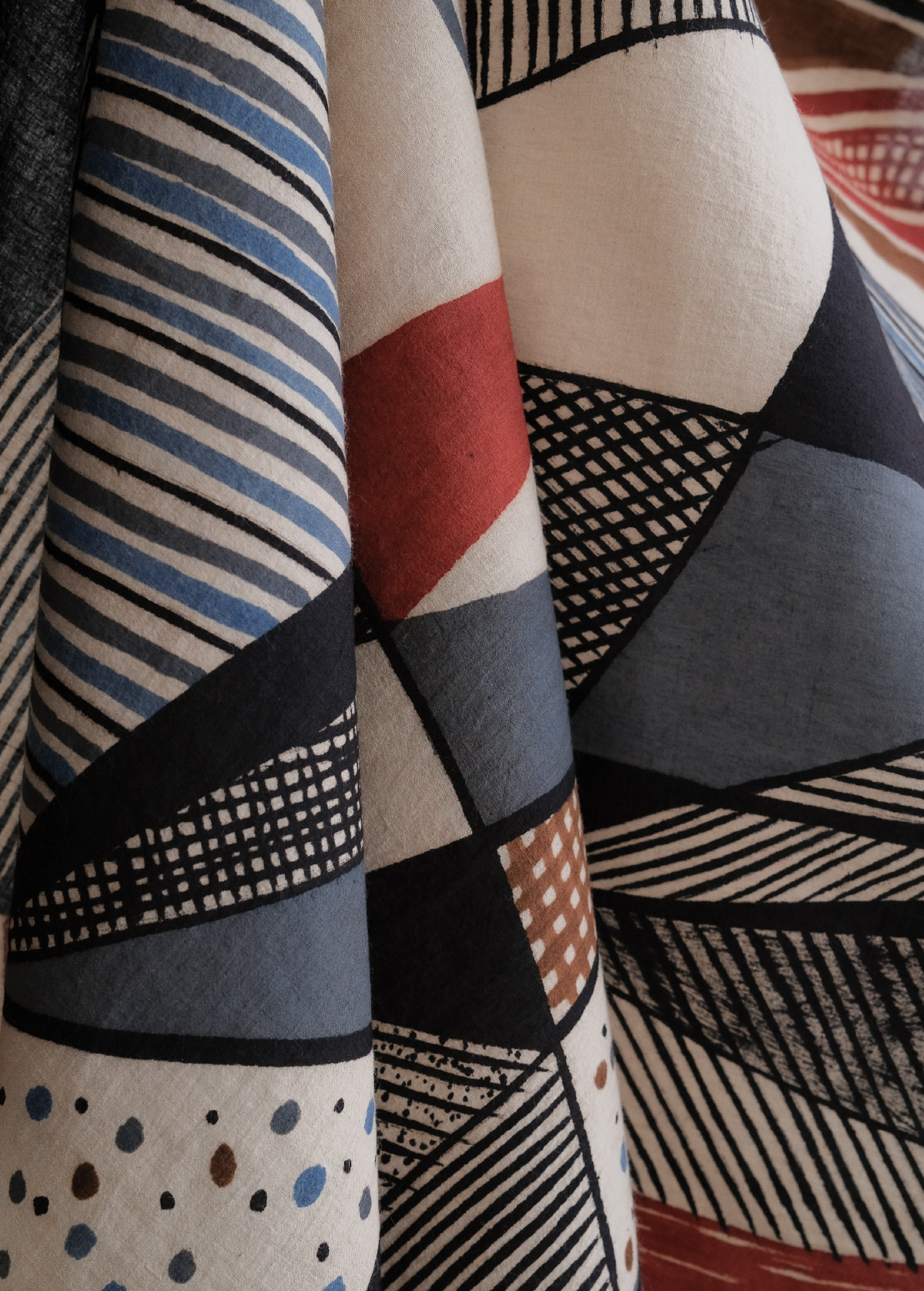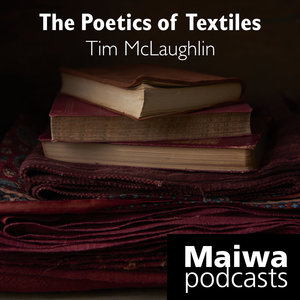A PATCHWORK HISTORY OF RURAL LIFE
THERE IS ONLY ONE OF EACH QUILT
Fields of colour, a familiar favourite cloth patched into place, a play of fabric. All pieced together and covered with tight running stitches. These vintage quilts have been cherished for years, worn out, re-made and given new life. They are medium-weight and big personality.
Kantha quilts are made for household use in rural parts of Bengal and Bangladesh. Favourite prints, saris, and beloved lengths of cloth are stitched together with plain and coloured threads. Every quilter has her own individual style. These quilts are used as bedcovers, blankets, tablecloths, picnic blankets, car blankets, couch blankets ... there is no limit to the utility of these textiles.









































































